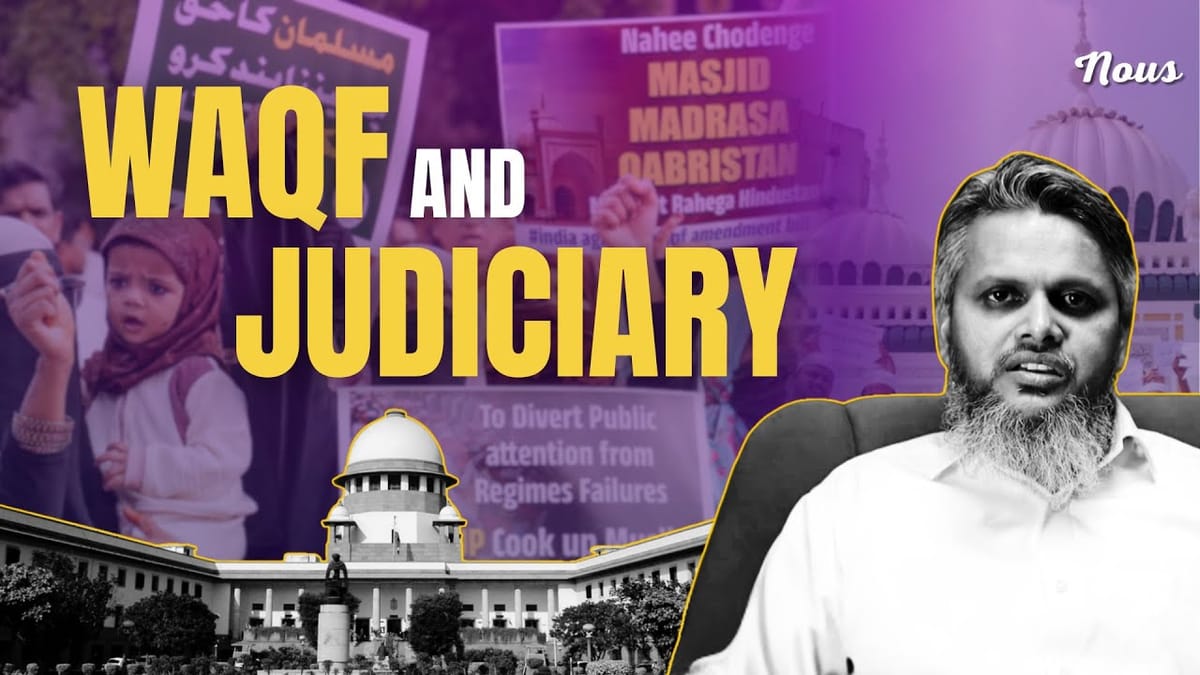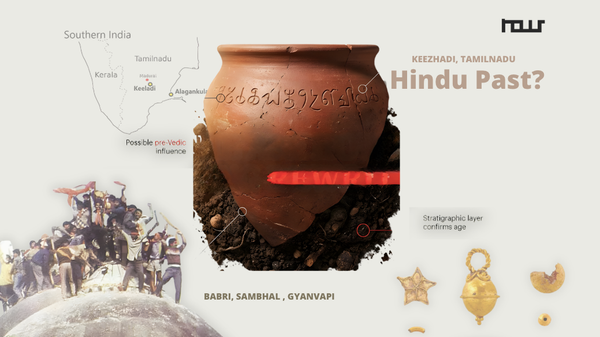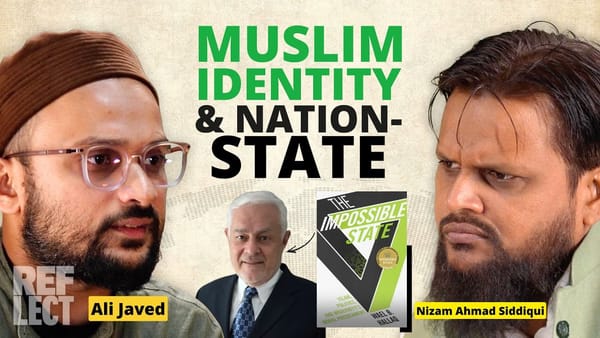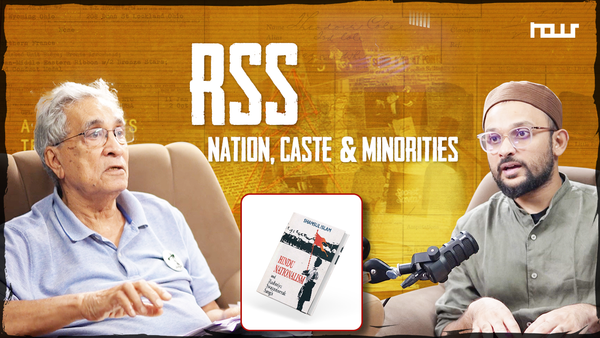Ayodhya Verdict, Places of Worship Act and Waqf Amendment Act: Similar Logics?

In this second part of our explainer on the Waqf Amendment Act 2025, we explore the deeper legal and judicial logic that underpins the recent changes. While the previous episode focused on what the amendments say and why they’re controversial, this video unpacks the historical court rulings and ideological frameworks that silently shape today’s legislation.
From the 1940 Privy Council verdict in Masjid Shahidganj, to the 1994 Ismail Faruqui judgment, and finally the 2019 Ayodhya ruling, we trace how a consistent legal narrative has emerged—one that treats mosques as public, non-essential religious spaces, and prioritizes state documentation over community usage. We also discuss the 2024 Karnataka High Court decision that further reinforces this logic by allowing public entry into mosques.
This video urges viewers to reflect on how these legal arguments influence not just laws, but our collective memory and rights.





